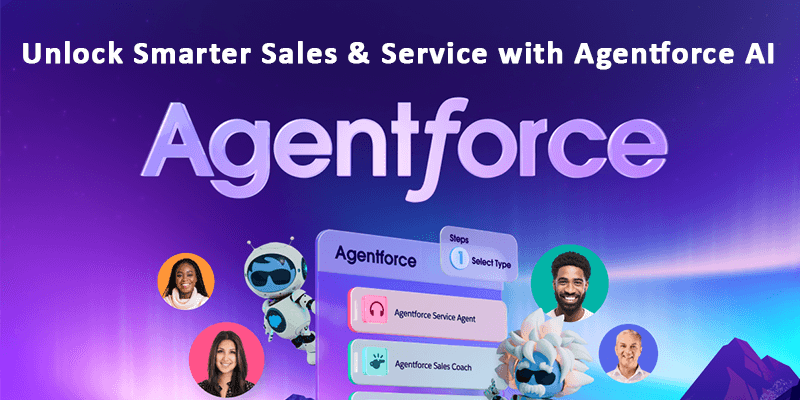Ready for Digital Transformation? Your Vision, Our Expertise - Let’s Build Innovative Software Together!
How to Create a Tutoring App Like Chegg for the USA Market
 Blog Build Apps Like
Blog Build Apps Like
Introduction
The demand for online education and tutoring apps has surged in recent years, especially in the USA. Platforms like Chegg have revolutionized learning by providing students with instant access to expert tutors, study materials, and homework help. If you’re looking to create a tutoring app like Chegg, this guide will walk you through the key steps, features, monetization strategies, and challenges of developing a successful e-learning platform.
Market Research and Analysis
Before developing a tutoring app, conduct thorough market research to understand the needs of students and tutors in the USA. Consider factors like:
- Target audience: High school and college students, professionals seeking skill enhancement.
- Competitor analysis: Study platforms like Chegg, TutorMe, and Wyzant to identify their strengths and weaknesses.
- Trends: Integration of AI, on-demand tutoring, and subscription-based models.
Key Features of a Tutoring App Like Chegg
1. Student Features
- User Registration/Login: Easy sign-up using email, Google, or social media.
- Search and Filter: Find tutors based on subjects, ratings, and availability.
- Live Tutoring Sessions: Video and audio call integration for interactive learning.
- Homework Help: Upload questions and receive instant solutions.
- Study Materials & Resources: Access e-books, guides, and practice papers.
- In-App Chat: Real-time communication between students and tutors.
- Payment Integration: Secure payment options like Stripe, PayPal, or Apple Pay.
2. Tutor Features
- Profile Creation: Showcase expertise, qualifications, and availability.
- Session Scheduling: Set tutoring hours and manage bookings.
- Earnings Dashboard: Track payments, completed sessions, and payouts.
- Student Ratings & Reviews: Gain credibility through feedback.
3. Admin Panel
- User & Content Management: Monitor tutors, students, and learning materials.
- Payment Processing: Handle tutor payouts and manage subscriptions.
- Analytics & Reports: Gain insights on platform performance and user engagement.
Technology Stack for a Tutoring App
Selecting the right technology is crucial for app performance and scalability:
- Front-End: React Native (for cross-platform), Swift (iOS), Kotlin (Android)
- Back-End: Node.js, Python (Django or Flask), Ruby on Rails
- Database: PostgreSQL, Firebase, MongoDB
- Cloud Storage: AWS, Google Cloud
- Payment Gateways: Stripe, PayPal
- AI & ML: Chatbots, recommendation algorithms
Monetization Strategies
To generate revenue, consider multiple monetization models:
- Subscription-Based Model: Offer premium plans with additional features.
- Pay-Per-Session: Charge students for each tutoring session.
- Commission-Based Model: Take a percentage of tutor earnings.
- Advertisement & Partnerships: Display relevant educational ads or collaborate with institutions.
Challenges and Solutions
Developing a tutoring app comes with challenges that need strategic solutions:
- Tutor and Student Onboarding: Implement verification processes to ensure quality tutors.
- Scalability Issues: Use cloud-based solutions for performance optimization.
- User Engagement: Gamification and rewards can encourage consistent learning.
- Payment Security: Implement robust encryption and secure payment gateways.
Conclusion
Building a tutoring app like Chegg requires a strategic approach involving market research, feature-rich development, a strong tech stack, and effective monetization. By focusing on user experience, seamless interactions, and scalability, you can create a successful platform for the USA market. If you need expert guidance in developing your e-learning app, feel free to reach out to our team!
Ready to build your tutoring app? Let’s make education more accessible!





